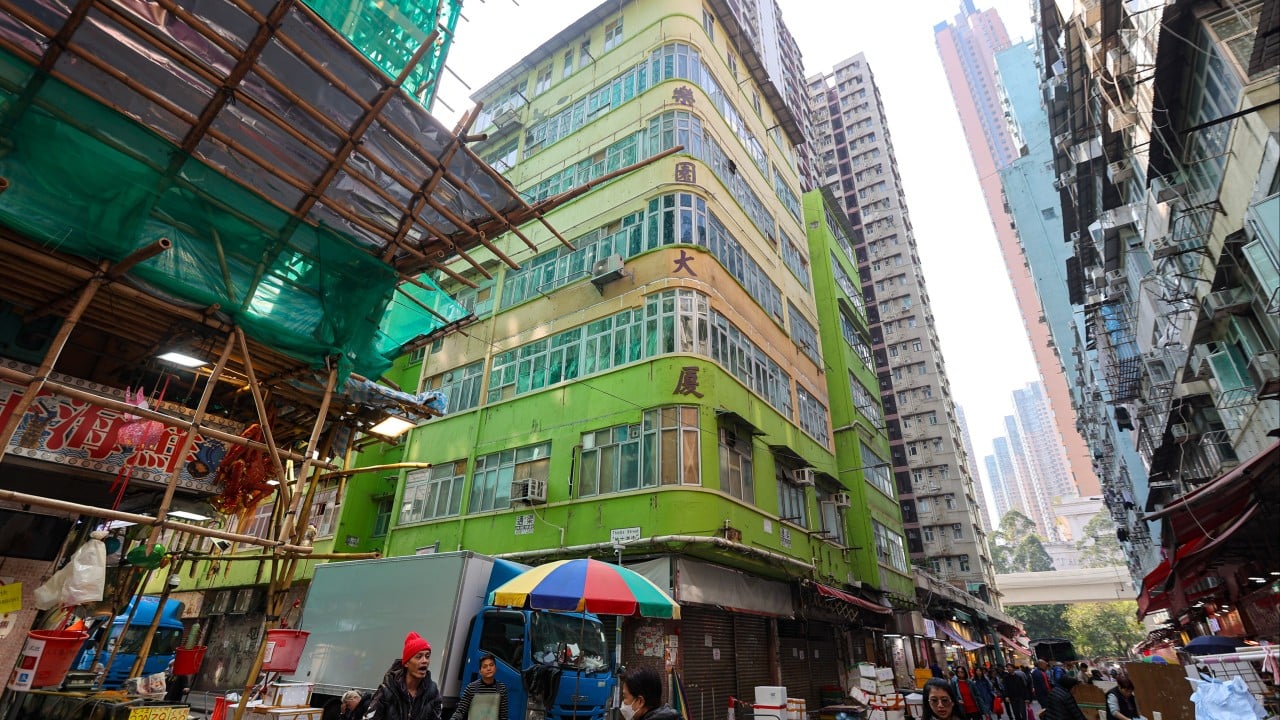More than 180 years after their first development, the historic cores on Hong Kong Island – Central, Sheung Wan and Wan Chai – and in Kowloon – Yau Ma Tei, Tsim Sha Tsui and Mong Kok – face an acute urban crisis.
Advertisement
Once-vibrant neighbourhoods have become densely packed relics defined by ageing buildings, congested streets, poor sanitation and rising urban heat island effects. Without bold, economy-driven solutions, these “old districts” risk losing not only their cultural soul but also much of their economic potential.
On August 9, a group of urban renewal experts and academics convened at the Hong Kong Institute of Architects headquarters to exchange ideas on the city’s evolving landscape. The discussion spanned a wide range of pressing topics, including the concept of a “breathable city”, the revitalisation of the Kai Tak River, the development of a research framework for cultural ecology, reforms to heritage conservation mechanisms and the financial viability of urban renewal projects.
Participants stressed the importance of integrating environmental sustainability with cultural preservation while also addressing the economic realities of redevelopment. The gathering reflected growing momentum among professionals to rethink how Hong Kong’s urban spaces can be made more liveable, inclusive and resilient.
By 1988, authorities had recognised that piecemeal market-led redevelopment was insufficient and established the Land Development Corporation (LDC). In its first 11 years, the LDC rolled out 30 renewal schemes: 16 were completed, four were under construction and 10 more were in acquisition or advanced planning. Early projects proved financially viable because low-rise predecessors allowed generous new plot ratios.
Advertisement
But by the late 1990s, the LDC was mired in compensation disputes, protracted acquisition battles and mounting costs. A static compensation benchmark – pegged to property valuations of seven-year-old buildings – and an 80 per cent owner-consent threshold for compulsory sale of buildings pushed many schemes into the red.

